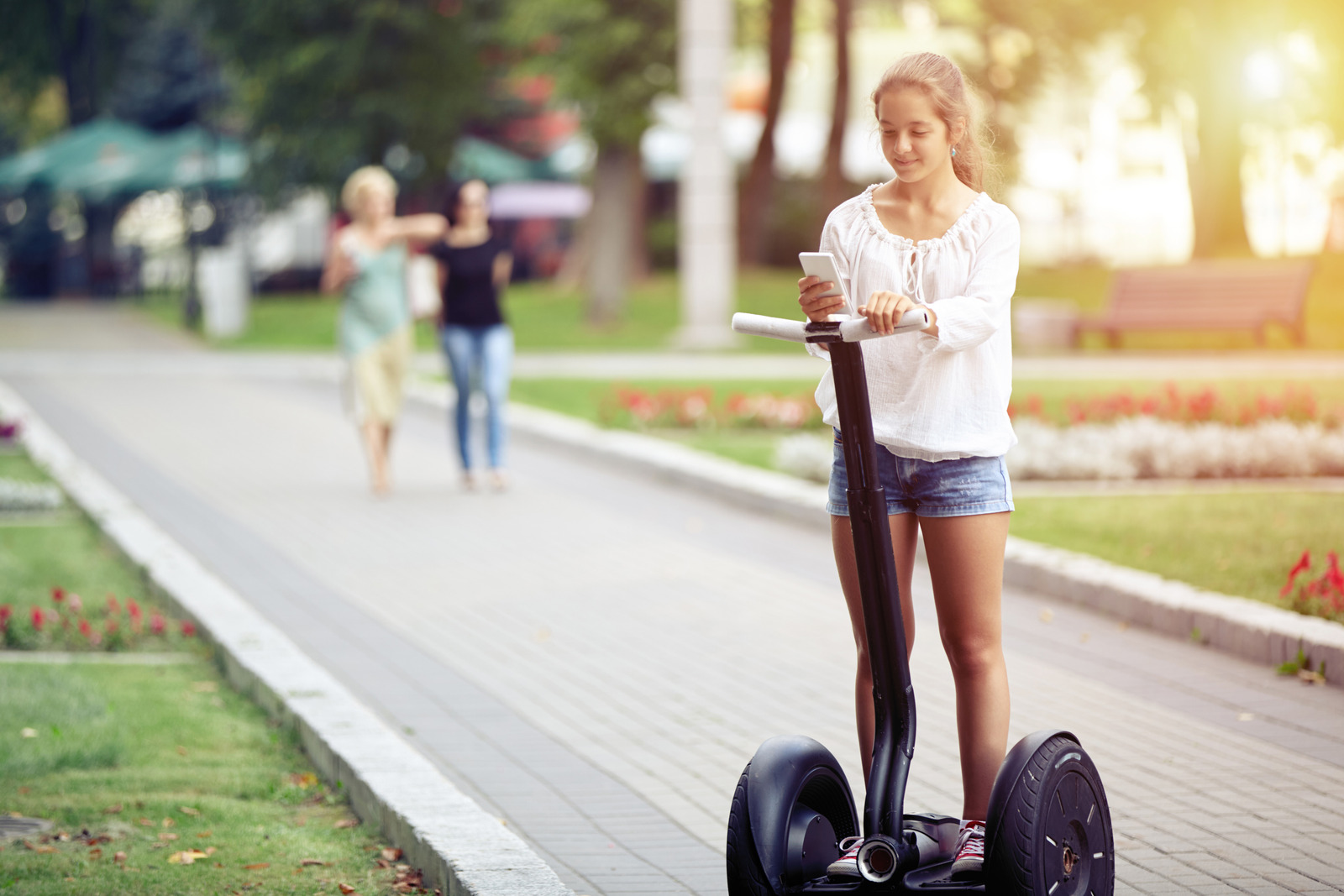Forms Of Transport That Don’t Cost The Earth
Coronavirus lockdown has changed our routines and habits, but has it changed our lifestyle perspectives moving forward?
For most of us, the lockdown situation has not evolved much for many weeks. We are still working from home and taking our hour of exercise once a day. But green shoots are emerging from the global lockdown situation. With caution, some outdoor bars and low-risk businesses are being permitted to re-open
It is a necessary but risky strategy as the economy stutters and threatens to cease up altogether. The vast majority of people have been able to adapt to working from home, but for those who are unable, the end of lockdown can’t come quickly enough. The big danger is, triggering a second wave of the virus, and prolonging the situation well into next year.
However, it hasn’t been all doom and gloom. While the economy has been seriously struggling, activists praise the effect it has had on our business as usual thinking that led us into a climate crisis. A crisis that has temporarily been put on hold. As well as this, people are learning about how the world might look in the future, and are changing their habits accordingly.
It seems the stakes are high. On the one hand, the economy needs to get up and running again to protect people’s livelihoods and the fabric of society. But on the other, we have become environmentally-conscious human beings in recent years owing to the perceptible changes in our local climates. There must be a way of harnessing the opportunity of lockdown to try and reconcile these two opposing forces moving forward.
The bike
Before carbon-intensive travel became the norm, cycling was a highly efficient mode of transport. During the industrial revolution, bicycles were employed by many thousands of people travelling to local jobs in mills, mines, and factories.
Unfortunately, it was one of the few efficient things about that period of our industrial growth. That said it could be part of the answer to our low-carbon future.
It’s estimated that cycling could increase from 6% globally to 11% in 2030, with a further rise to 14% in 2050. This is good news for countries striving to meet the COP21 agreement of keeping global temperature rises below 2°C this century.
The skateboard
Over the years the popularity of skateboarding has risen, tilted, and crashed, almost as often as its aficionados. It is a hobby, a sport, and a mode of transportation, all rolled into one.
The history of skateboarding is an interesting one. It has grown up from an illicit pastime in places like California, where skaters used dried up swimming pools as half-pipes, to the Olympic sport that it is today – whenever the 2020 games takes place.
But you don’t have to be an Olympian to use a board as a mode of transport. Many are finding this a relaxed and efficient, not to mention clean way, of getting around.
The Segway
Segways are also being used more often in towns and cities. Although powered by electricity their effect on the climate is miniscule in comparison to combustion alternatives.
The Segway, and other related vehicles, are set to grow in popularity as we move out of lockdown and into the beginnings of a low-carbon future.
The population of cyclists has seen a boom because of the pandemic. It’s anticipated that the numbers will grow over the years. This phenomenon has also brought forth the growing popularity of electric bikes, motorized bikes, and cycling gadgets, such as power meter bike pedals, bike computers, and cycling machines.

